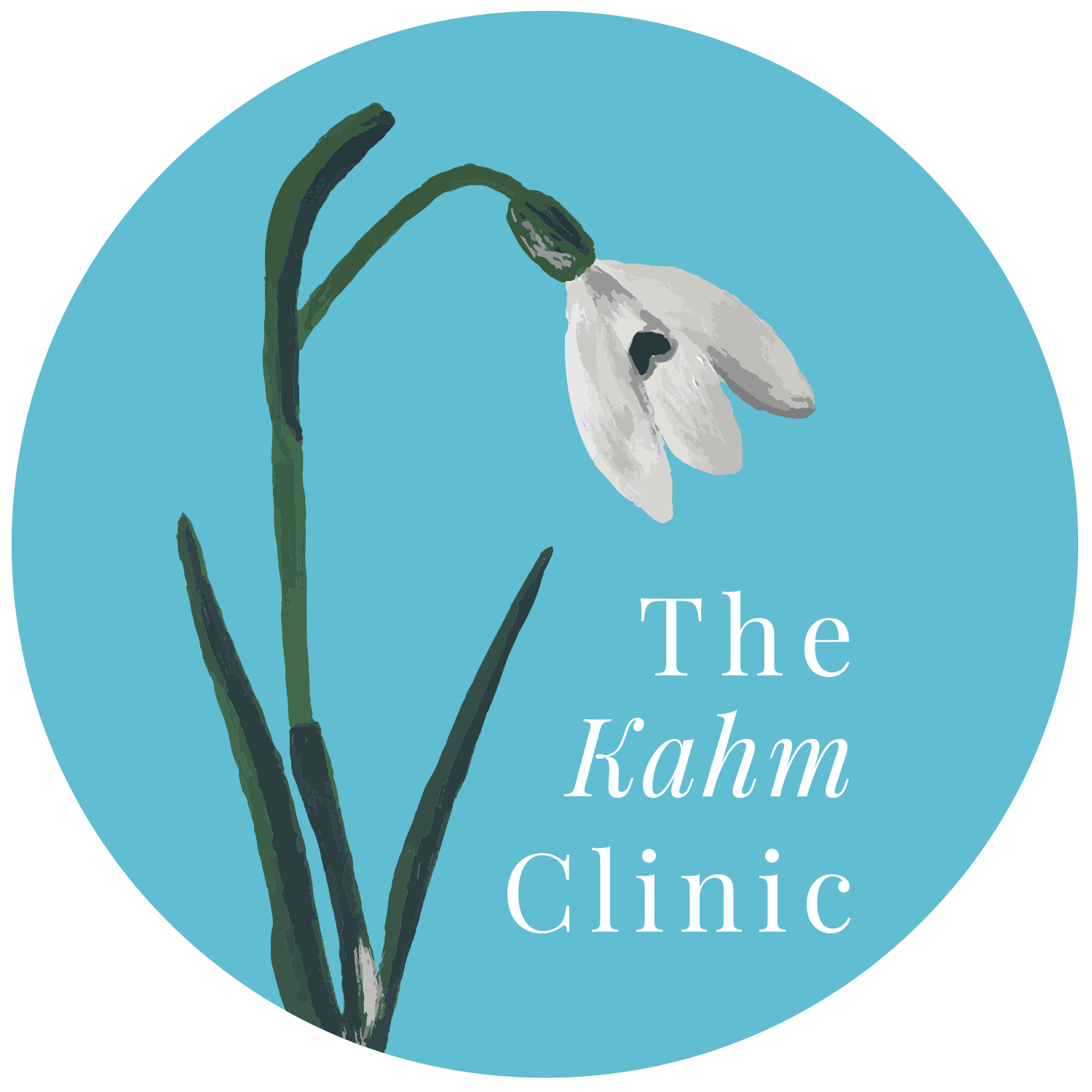Finding Food Freedom: A Disordered Eating Recovery Story
Photo by Paul Green on Unsplash.
Today, we want to look at a case study that discusses an individual who gained weight during her disordered eating recovery journey — an important step as she gained food freedom and learned to trust her body again. In a recent YouTube video, nutritionist Elaina Efird, RDN, CD, CEDRD, CSSD details this patient’s recovery experience. “Her life was drastically better when she stopped obsessing over food and her body,” she shares.
Her Disordered Eating Recovery Story
When this person first came to The Kahm Clinic in April 2020, she was 5 feet, 5 inches tall and weighed 135 pounds. Her metabolic test results actually looked better than expected: She was burning 1,805 calories per day — above the normal rate of 1,720 calories per day. She was eating about 1,600 calories each day, which was only a small restriction compared to her resting metabolic rate.
However, she was preoccupied by every morsel of food she put into her mouth. “Her obsession over food was robbing her of all of the enjoyment in life,” Elaina explains. She logged everything she ate, which soon became problematic. At times, she wouldn’t eat an apple because she wasn’t sure how to log it: What type of apple was it? Was it considered small, medium, or large? Is it 94 calories or 104 calories?
Additionally, she wouldn’t eat out with her friends. “She couldn’t remember the last time she went out to eat or even ordered takeout,” Elaina says, “because she didn’t know how to log the food and was worried about what was in it.” On a similar note, she wouldn’t even let her friends or family cook for her. She didn’t trust that they would use the right ingredients or that she would be able to accurately log it.
In terms of exercise, she generally followed a normal routine of 30 to 45 minutes, four times a week. However, she would also over exercise at times to compensate for eating something outside of her designated calorie restrictions. For instance, if she ate more than she “should” at dinner, she would squeeze in a second run or strength workout to “make up” for her mistake.
She had been living this way for four to five months. It’s likely that her testing results would’ve negatively shifted had she continued these disordered eating habits for much longer.
Her Journey to Food Freedom
When she came to The Kahm Clinic, she was tired of obsessing over food. She knew there had to be a better way — and she was right! To start, we slightly increased her daily intake to 2,000 calories.
After four months, her body composition looked quite different. She had gained over 10 pounds, including both lean mass and fat mass. Even more important, in this short period of time, she saw major changes to her obsession with food. She was no longer logging her food. She went out to eat with friends and ordered takeout a few times. She began exercising in a way that she loved, not because she felt the need to compensate.
At The Kahm Clinic, we use an eating disorder questionnaire to help determine the severity of each patient’s condition. When this individual first came in, she scored a 38 out of 40, which is considered severe. After four months, she scored at an 18, which is mild. Overall, she felt so much happier. Yes, she gained weight on her recovery journey, but she also found enjoyment and food freedom, which is much more important.
Subscribe to our YouTube channel for more video content!
To talk to a professional about eating disorder treatment, please reach out to our staff or schedule an appointment at The Kahm Clinic today.

